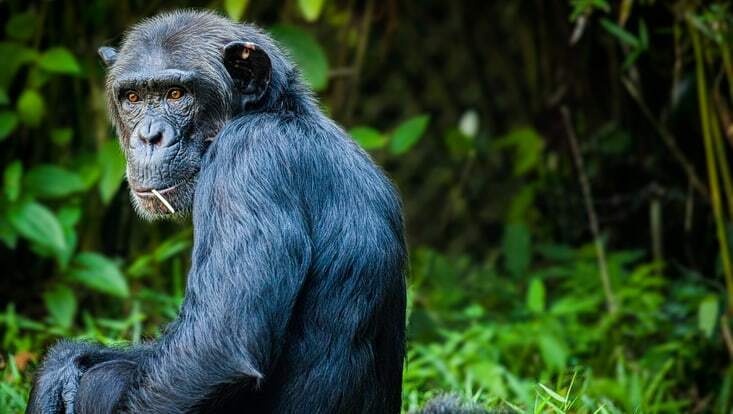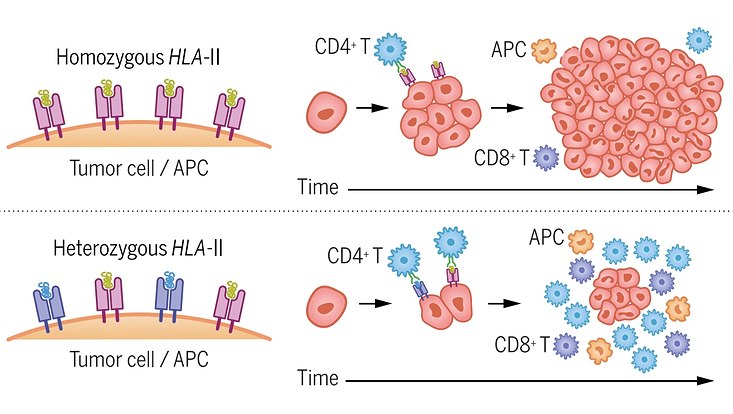Genome of six great ape species fully decoded for the first time
10 April 2025

Photo: Pixabay/DaFranzos
An international research team involving the Department of Biology at the University of Hamburg has decoded the complete genomes of six primate species closely related to humans. The analyses provide deeper insights into the evolution of great apes and serve as a basis for future genetic studies. The results were published in the scientific journal Nature.
Since the first sequencing of the human genome in 2001, efforts have been made to decode primate genomes as well, as this knowledge could be helpful in reconstructing evolutionary history as well as in researching diseases. However, there were still gaps in earlier genome studies, both in terms of the completeness of the actual genome sequences and the composition of the species studied.
These gaps have now been filled by an international research team led by Evan E. Eichler from Washington University. The team has determined the complete genomes of five great ape species: the chimpanzee, bonobo, gorilla, Bornean orangutan and Sumatran orangutan, as well as the siamang, which is closely related to the great apes.
“The particular success of this outstanding team work is the accuracy of the genome sequences of less than one error in 500,000 base pairs on average. As a result, a total of 215 chromosomes without gaps could be sequenced,” says Prof. Dr. Tobias Lenz from the Department of Biology at the University of Hamburg and co-author of the study. The contribution of his working group, in particular Dr. Joanna Malukiewicz and Dr. Britta Meyer, was primarily concerned with the decoding of immune genes, i.e. genes that are particularly important for certain proteins of the immune system.
The complete sequencing of the genomes was made possible by improved sequencing technologies and further developed genome analysis methods. With the new data, earlier analyses can be considerably refined. This means that more meaningful sources are now available for all future evolutionary and genetic comparisons. This includes an improved understanding of the genetic relationship of these species, their species-specific characteristics, but also their similarity to humans, for example at a cellular level.
“With this new genome data, which represents the blueprint of all body cells, we can now also better investigate why some pathogens can more easily jump to other species - and therefore also to humans,” says Lenz.
Original publication:
Yoo D, Rhie A, Hebbar P, et al.: Complete sequencing of ape genomes. Nature (2025)


